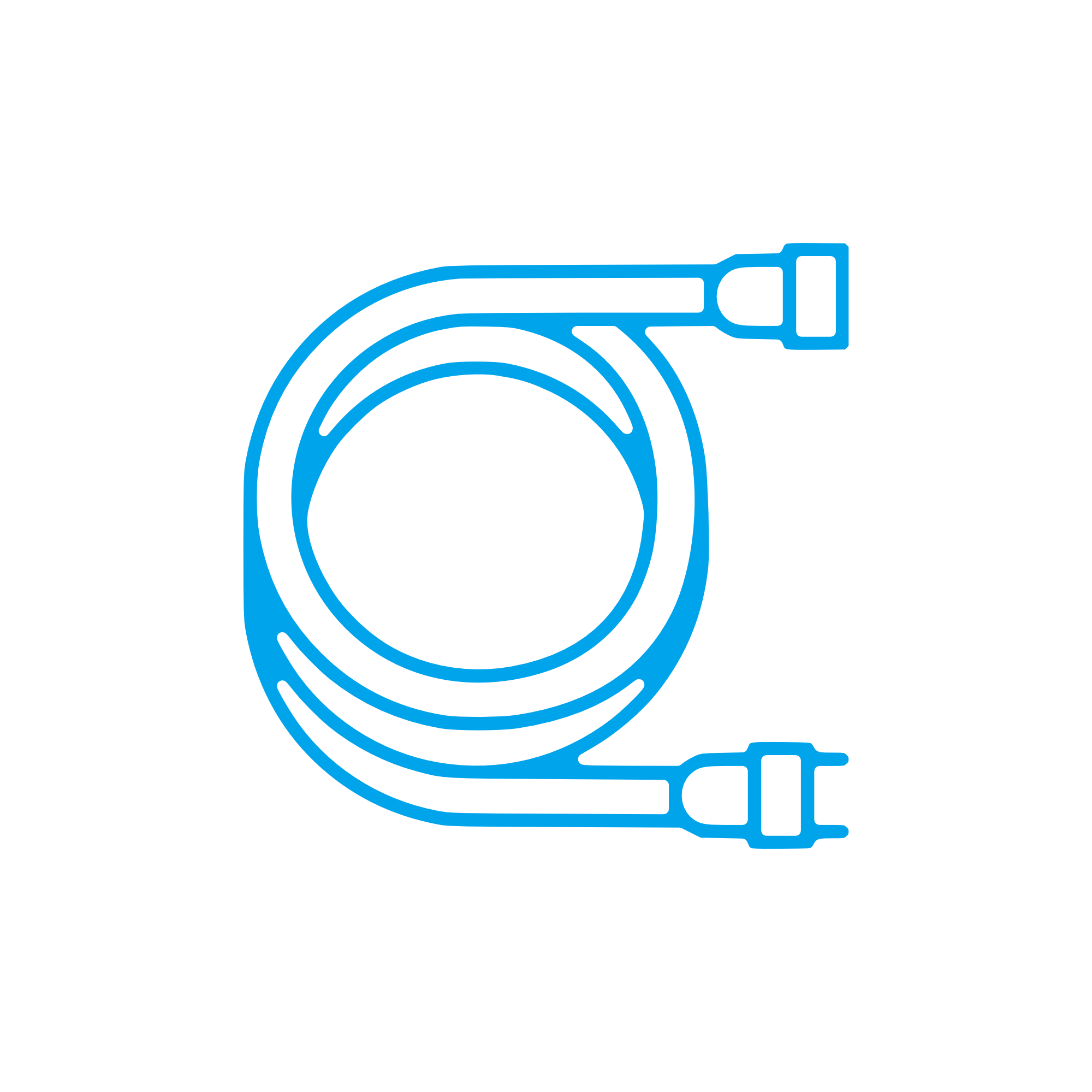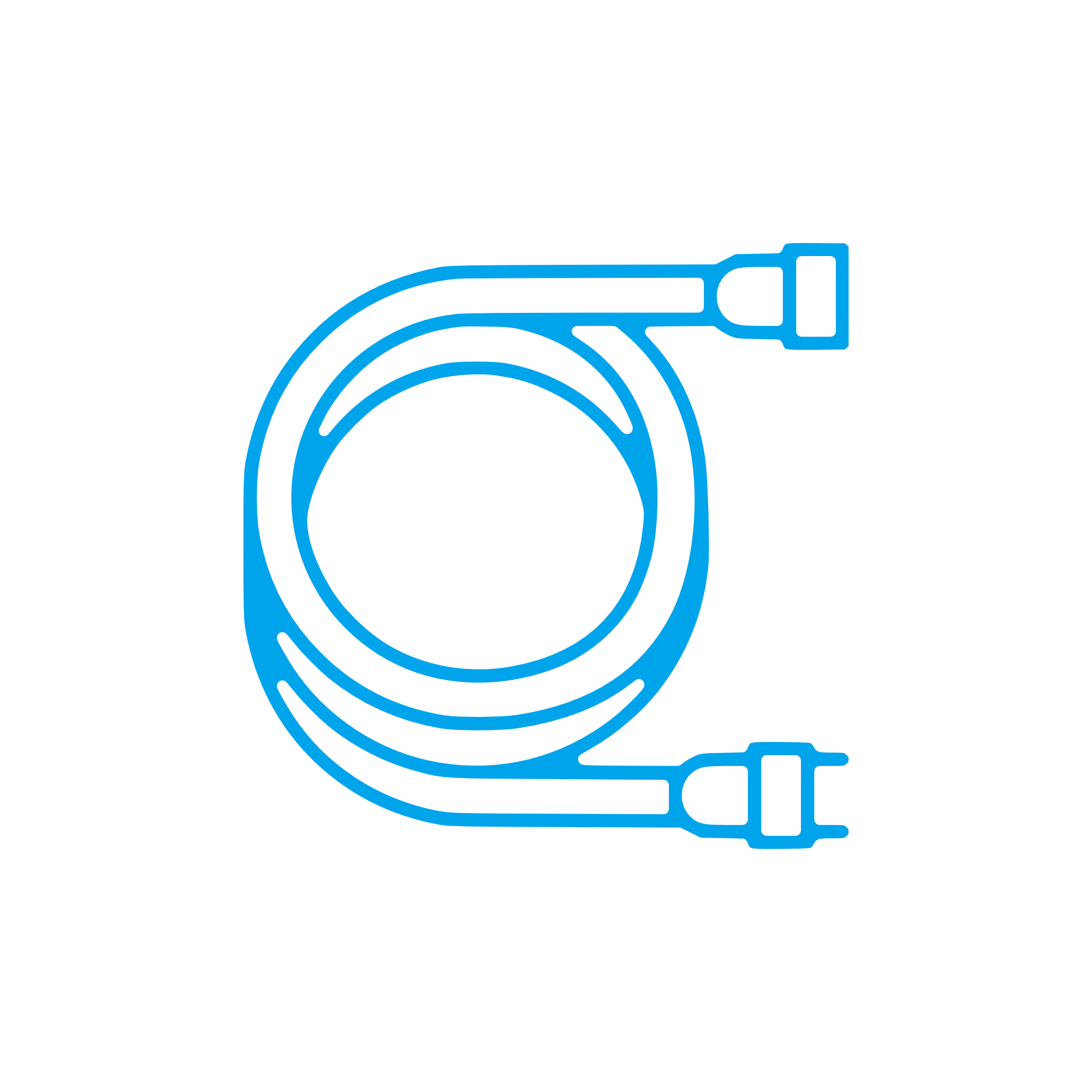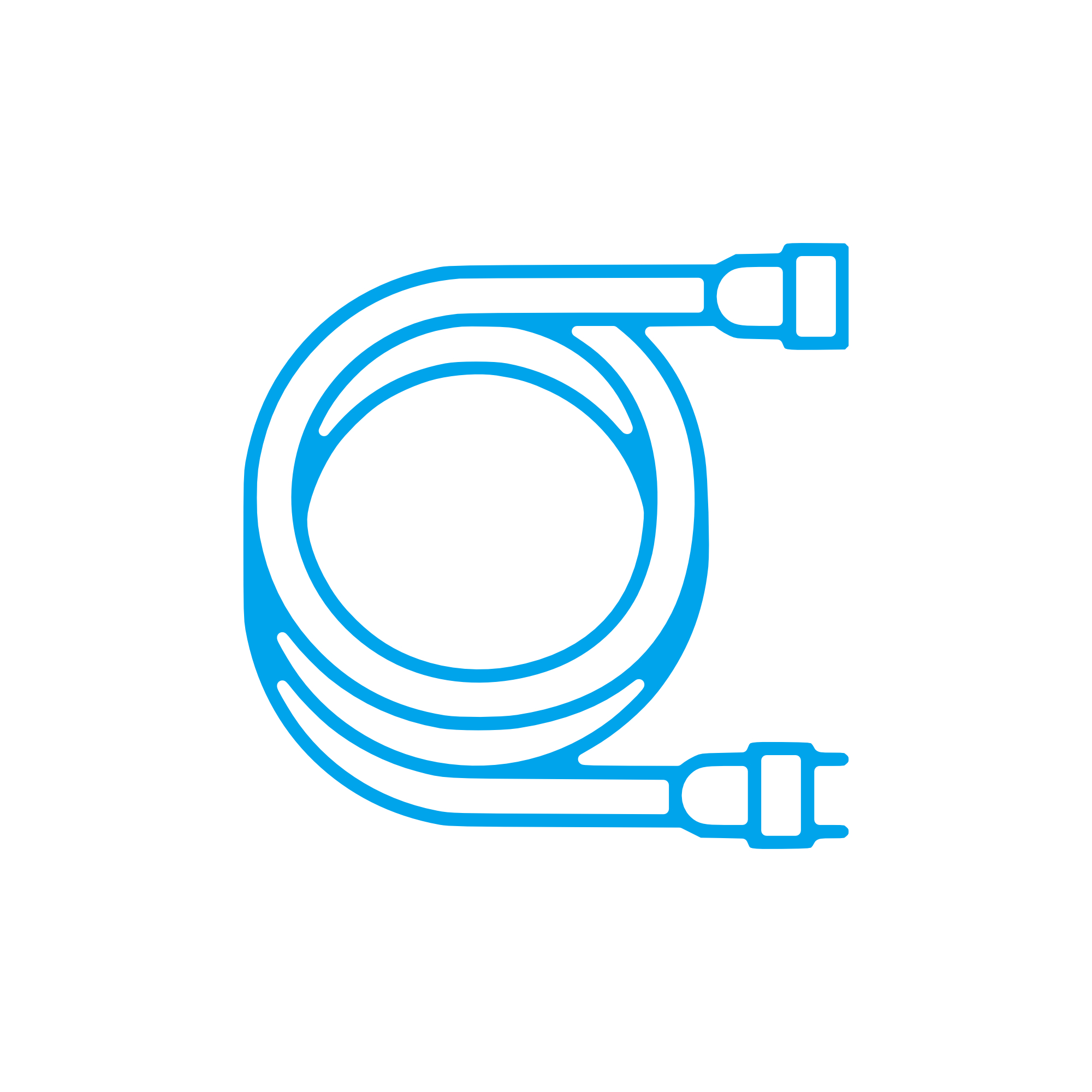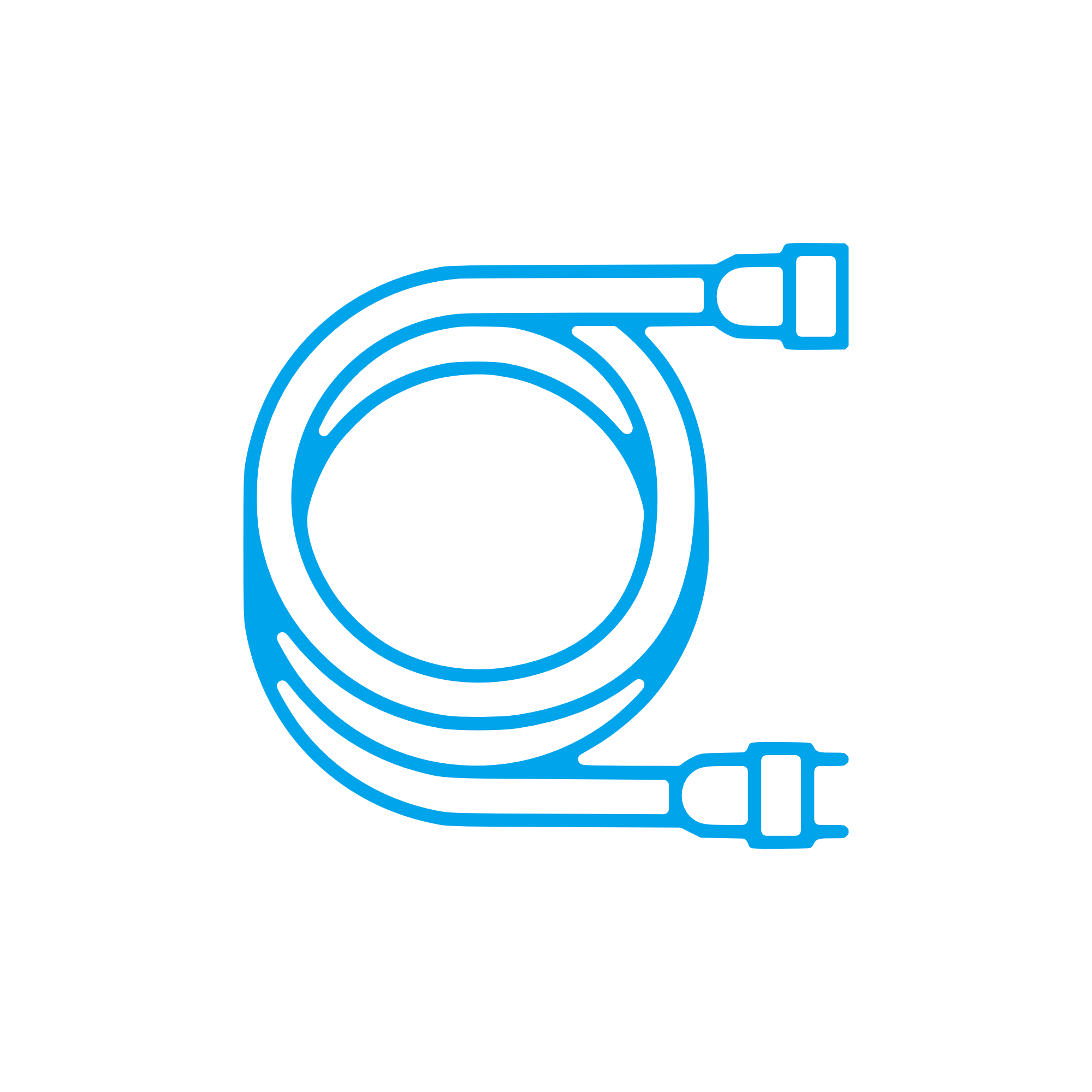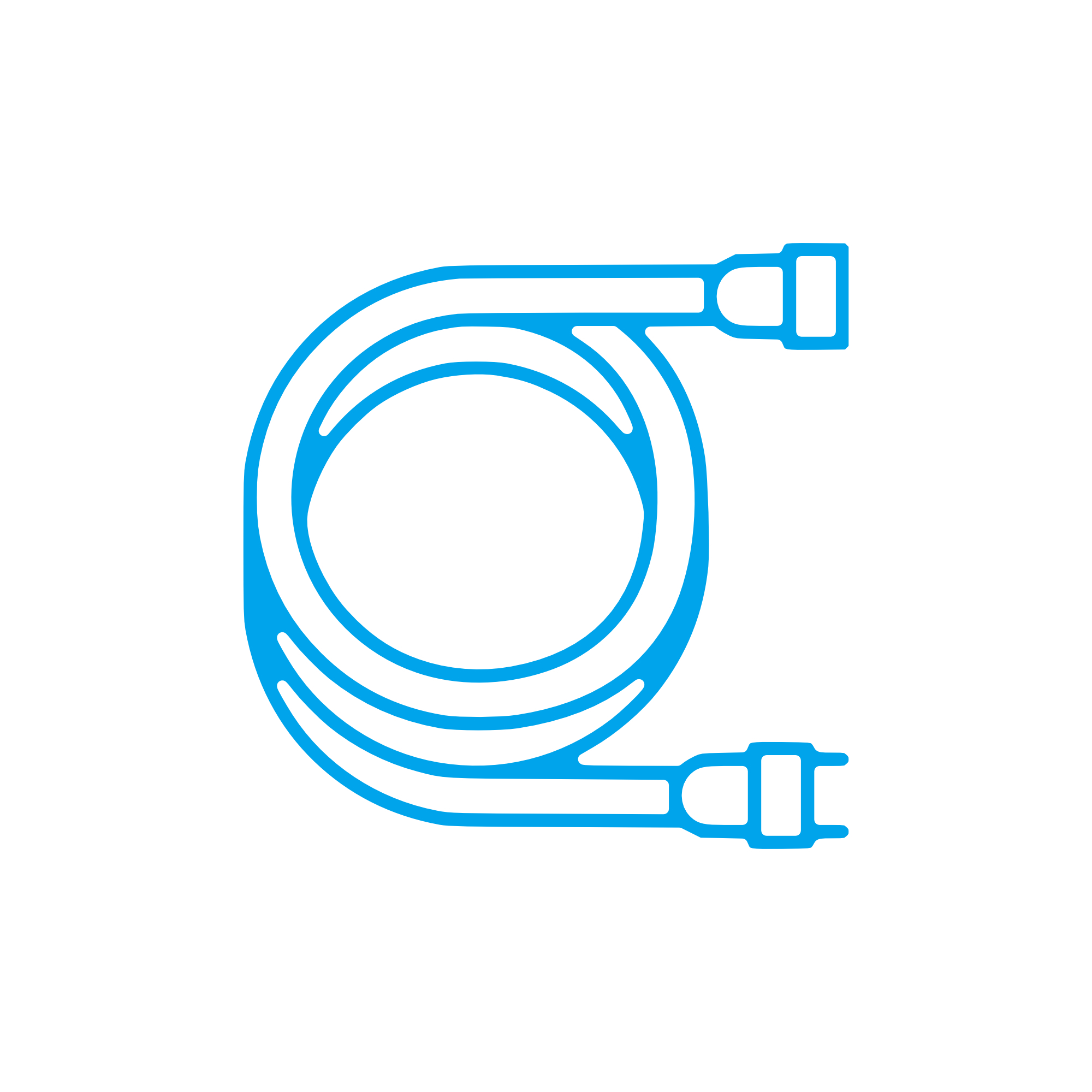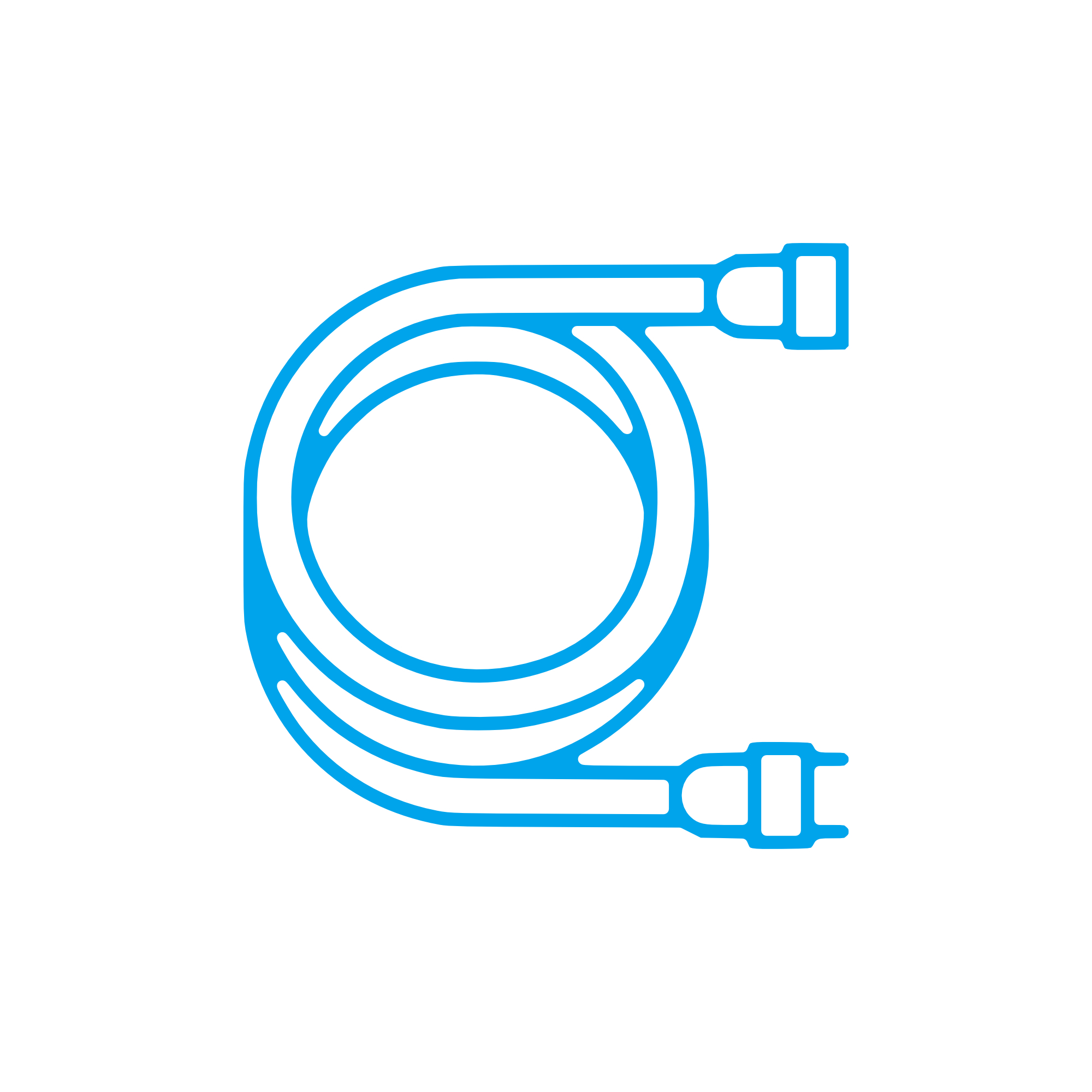IGNITION CABLE for Engines – Cables for Marine, Gas, and Diesel Applications
Cables are the circulatory system of any engine platform. From high-voltage leads that fire a spark plug to shielded sensor lines, battery/starter conductors, and control harnesses, the category “Cables” covers mission-critical components that move power and signals reliably. In marine engine rooms, on-board power plants, and land-based generator sets, the right cable design ensures stable starting, clean combustion, robust monitoring, and predictable safety performance.
Within this category, the IGNITION CABLE is the dedicated high-voltage link between the ignition source and the spark plug or prechamber plug in spark‑ignited gas and dual‑fuel engines. While classic diesel engine platforms rely on compression ignition, they still depend on the broader cable family for ECMs, injectors, and sensors. For fleets operating mixed assets—diesel main propulsion and gas auxiliary gensets, for example—specifying the correct IGNITION CABLE alongside other cables is central to uptime and lifecycle efficiency.
Technical function of IGNITION CABLE in marine engine and gas engine systems
An IGNITION CABLE transmits a precisely timed, high-voltage pulse from an ignition coil or capacitive discharge unit to the spark plug tip. To do this reliably under heat, vibration, and contamination, it combines a conductive core with engineered insulation, often layered silicone/EPDM dielectrics, and additional braids for electromagnetic shielding. Resistor or spiral‑wound cores help suppress electromagnetic interference so engine control modules, navigation electronics, and VHF systems on a vessel remain disturbance‑free.
In a marine engine installation, routing, bend radius, and strain relief of each IGNITION CABLE are critical to prevent corona discharge, surface tracking, and moisture ingress. Connector boots must seal against oil mist and salt-laden air, while crimp quality ensures minimal resistance growth over time. In gas engines used for auxiliary power on ships or in stationary plants, uniform cable impedance supports consistent spark energy, stabilizing combustion phasing and lowering misfire probability. Correctly specified cables therefore contribute directly to performance, efficiency, and emissions stability.
Even in a diesel engine context, the same engineering principles—dielectric strength, thermal rating, EMC, and mechanical robustness—apply to the cable category. The knowledge used to design a marine engine IGNITION CABLE informs how sensor and actuator cables are selected, routed, and protected around turbos, exhaust manifolds, and switchboards.
Key characteristics and advantages of cables
· High dielectric strength for reliable high-voltage transmission.
· Heat- and oil-resistant insulation for harsh engine rooms.
· EMI/RFI suppression to protect control electronics.
· Robust terminals and boots for secure connections.
· Tight manufacturing tolerances for consistent resistance.
· Flame-retardant, low-smoke materials for marine safety.
· Precise length and labeling for easy maintenance.
· Corrosion-resistant contacts for long service life.
· Flexible construction for routing in tight spaces.
· Tested to engine‑maker specs and relevant marine standards.
Why cables are crucial for engine reliability and service life
Cables influence more than just start/stop functionality—they underpin combustion quality, diagnostics accuracy, and the health of surrounding components. A weak or degraded IGNITION CABLE can cause erratic spark timing, misfires under load, higher exhaust temperatures, turbocharger stress, and increased fuel consumption. EMI leakage can corrupt sensor readings, leading to incorrect air‑fuel control, alarms, or derating. Overheated or embrittled insulation may crack, enabling moisture ingress and partial discharge, which escalates to plug fouling and coil failure.
Typical failure modes and operational risks
Common issues include resistance drift in the conductor, loss of elasticity in silicone boots, poor crimps leading to intermittent operation, and insulation tracking across contaminated surfaces. In marine service, salt crystals and engine-room vibration accelerate these mechanisms. Left unchecked, such failures reduce availability, raise emissions, and drive up maintenance cost through unplanned plug, coil, or ECM replacements.
Advantages of OEM spare parts suitable for cables and IGNITION CABLE assemblies
Selecting OEM spare parts suitable for cables ensures the correct conductor technology, insulation chemistry, shielding design, and connector geometry for the engine platform. Dimensional accuracy matters: a few millimeters in terminal depth or boot profile can determine sealing integrity and contact resistance. Electrical consistency matters too: matched resistance and capacitance across an IGNITION CABLE set maintains even energy delivery cylinder-to-cylinder, supporting smooth load acceptance on a generator and stable idle on propulsion engines.
From a budget perspective, properly specified OEM parts reduce collateral damage and troubleshooting time. Predictable durability lengthens service intervals, lowers plug and coil consumption, and preserves class compliance by keeping emissions and performance within the engine maker’s envelope. For mixed fleets, aligning on OEM spare parts suitable for Cables simplifies inventory, accelerates maintenance, and reduces risk during port calls or planned overhauls.
For operators who require traceability and documentation, OEM parts provide consistent materials data, test records, and compatibility with engine control strategies. This is especially relevant for IGNITION CABLE applications paired with prechamber plugs on large gas engines, where combustion stability and safety margins are tightly controlled.
MOPA – your partner for OEM spare parts cables and IGNITION CABLE
MOPA supplies OEM spare parts suitable for Cables—ranging from high‑voltage IGNITION CABLE sets to shielded sensor and control harnesses—for diesel and gas engines in marine and power applications. Customers value our speed in sourcing, our focus on product quality, and the security we bring to every transaction across international supply chains. Whether you need a single IGNITION CABLE for a marine engine, a full cylinder‑matched set for a gas genset, or robust cabling for a diesel engine control system, MOPA delivers parts that align with engine‑maker specifications and operational demands.
With deep category knowledge, MOPA helps purchasers and technical teams select the right insulation class, connector style, shielding strategy, and length configurations. Our logistics and documentation support streamline procurement, reduce downtime, and keep engines compliant and reliable.
Conclusion
Cables are foundational to reliable engine operation, and the IGNITION CABLE is a decisive component for spark‑ignited platforms in marine and power generation contexts. By choosing OEM spare parts suitable for Cables, operators secure stable performance, protect their maintenance budget, and extend service life across diesel and gas assets. MOPA stands ready to support with speed, quality, and secure supply for every cable requirement.



